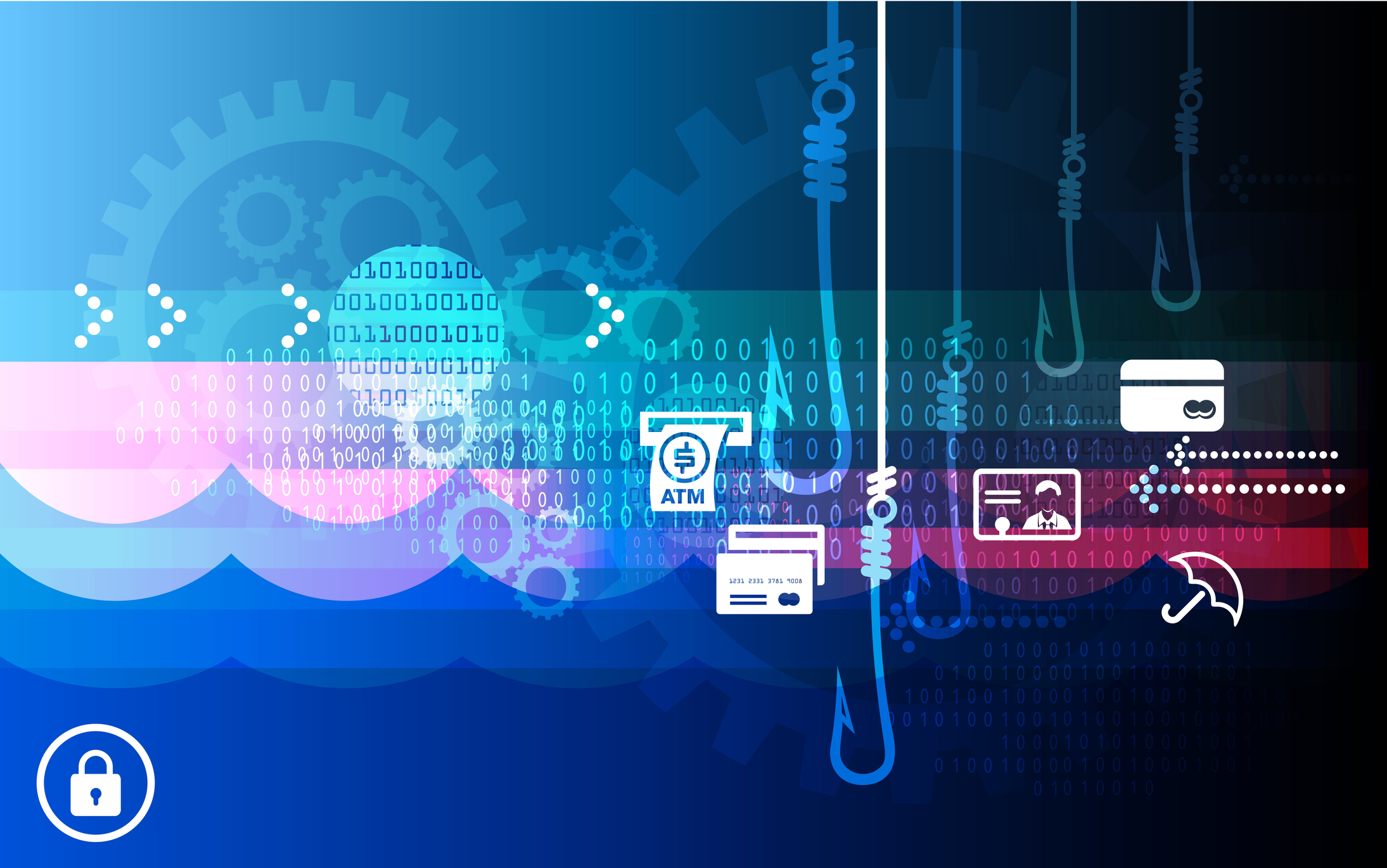Financial institutions frequently deal with sensitive information. The vast amount of funds available in banking makes it particularly attractive to hackers.
DMARC can be an effective protection measure against hackers, but almost 50% of financial firms still do not have DMARC in place. This makes financial services even more vulnerable to domain abuse. When you implement DMARC and analyze domain health, you can significantly reduce unauthorized use. Enhancing your staff’s awareness of fraud and phishing in banks may also help a lot.
Key takeaways:
- The financial sector is one of the most profitable targets for phishing attacks.
- Nearly half of financial firms do not have DMARC in place.
- Implementing DMARC can help reduce the likelihood and effectiveness of phishing attacks.
- It can also help reduce spam and improve deliverability.
- Using anti-phishing measures is no longer an option but a requirement for the financial sector.
But Why Should Financial Institutions Care?
When DMARC is not enabled, cybercriminals can exploit your domain to breach customer accounts. If the attackers manage to impersonate your domain, they can use your credentials. They may do so to engage in malware distribution, payment rerouting, etc.
Most hackers’ ultimate goal is to obtain monetary gain. That is why they find it so profitable to impersonate banking entities, investment firms, and financial advisors.
With DMARC policy not enabled, you are likely to face:
- Phishing attacks where the victims are lured into providing sensitive details. These may include passwords, credit card numbers, etc.
- Successful business email compromise attempts, where hackers pose as executives. As a result, they obtain the authority to allow fraudulent transactions.
- Domain spoofing and fraudulent emails are sent on your behalf. These may be sent from either a company’s main or unused domains. The aim is to deceive recipients into visiting counterfeit websites.
- Failure to comply with industry requirements and regulations. Many of these now require financial institutions to have the necessary prevention measures in place.
Phishing in Banks in Numbers
The statistics below show the urgency to take action against CEO fraud and phishing in financial institutions.
Financial Firms at Rising Risk
From 2019 to 2023, there has been a 330% rise in data breaches that specifically target financial entities.
Impostor Attacks
Almost 70% of financial institutions have been targeted by cybercriminals through domain spoofing. A frequent scheme involves fake invoice fraud. In this, attackers pose as legitimate vendors to submit fraudulent invoices to organizations.
Second-Highest Monetary Losses
In 2023, the global financial sector experienced the second-highest monetary losses from cyberattacks.
Clients and Partners Also at Risk
97% of financial service entities saw their clients and partners targeted through the spoofing of their own domains. This poses a significant threat to business reputation.
The Benefits of DMARC
DMARC (Domain-based Message Authentication, Reporting & Conformance) is a popular email authentication protocol. It aims to help businesses prevent hackers from sending emails on behalf of their domain.
DMARC comes with many benefits, including higher email deliverability rates, a more positive brand image, etc.
Say Goodbye to Unauthorized Emails from Your Domain
With DMARC, domain owners can instruct receiving mail servers on how to deal with emails that fail authentication checks. Receiving servers will either block or quarantine unauthorized emails. As a result, they won’t reach the recipients.
Welcome Trust
DMARC helps ensure that only legitimate emails sent on your behalf will reach the recipients. This means the clients will have more trust in emails that come from you and are more likely to use your financial services.
Forget About Spam
With DMARC, your emails are less likely to be marked as spam. They are viewed as more trustworthy both by your recipients and by the email service providers. This means the chances of reaching the primary inbox are much higher than with no DMARC in place.
Detect Before It’s Too Late
Organizations like PowerDMARC help manage security in your domain on your behalf. It provides detailed reporting, 24/7 monitoring, and full visibility of the email traffic. This makes it easier to detect threats in real time and address them before it’s too late. PowerDMARC’s DMARC analyzer offers a full-fledged DMARC service. As a result, you can monitor all your email authentication protocols from one platform.
Ensure Compliance
DMARC is no longer an option, but a requirement for many financial institutions. With DMARC, you can comply with important industry regulations and standards. More specifically:
- Google, Microsoft, and Yahoo require SPF, DKIM, and DMARC to be configured for those who send over 5,000 emails per day. A DMARC policy of at least p=none is required.
- The Payment Card Industry Data Security Standard (PCI DSS) v4.0 has a key requirement. Organizations need to provide their personnel with the training to detect and report phishing emails. In addition, organizations must deploy anti-phishing mechanisms to identify and prevent phishing attacks.
Summing Up
With the digitization of banking, the financial sector is more vulnerable to phishing attacks now than ever before. The extensive financial information makes this sector particularly attractive to malicious actors. There remains a substantial opportunity for improvement in email security across the sector.














